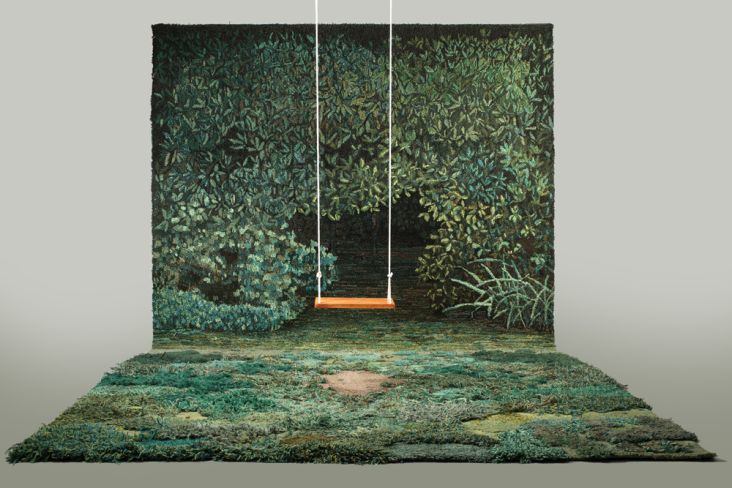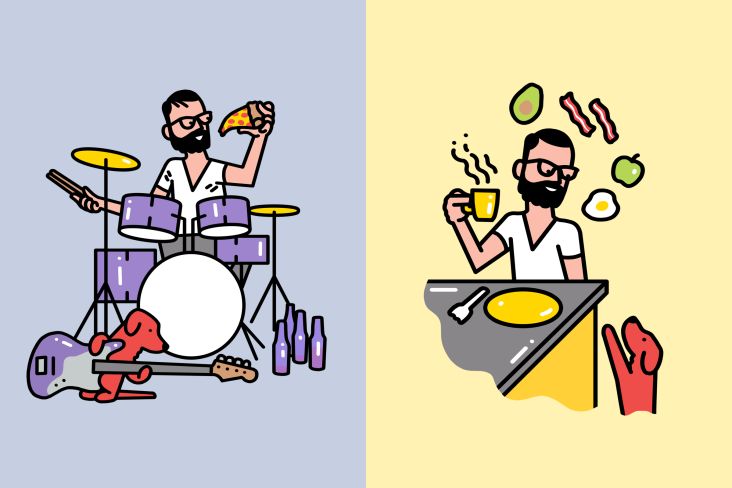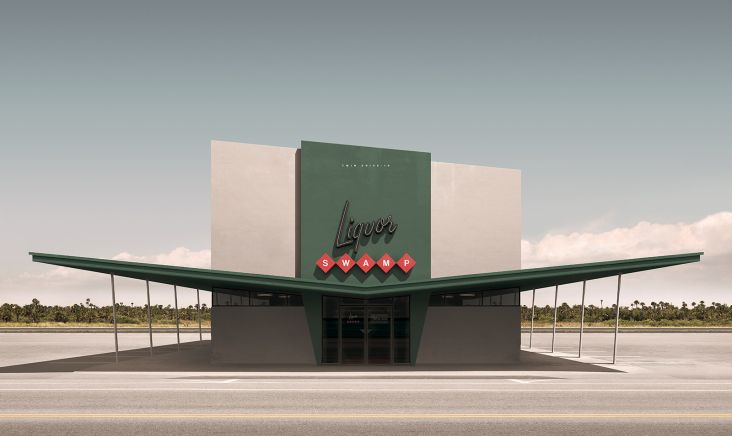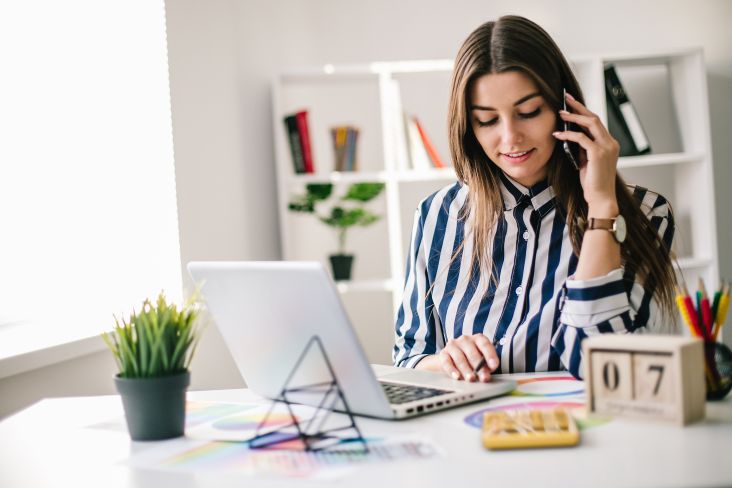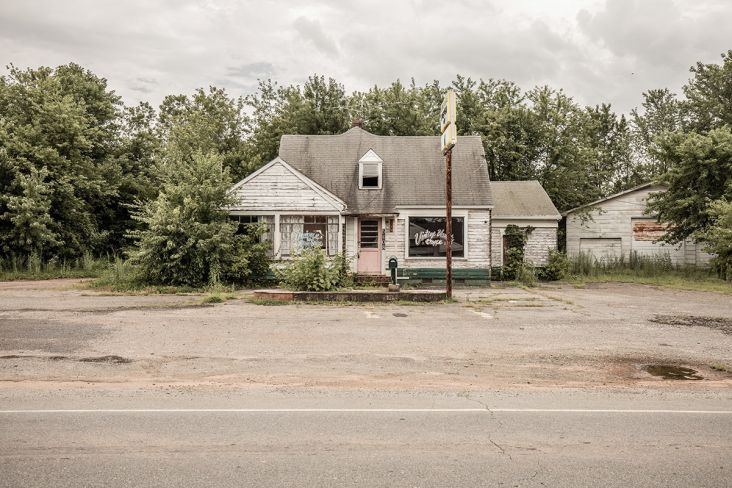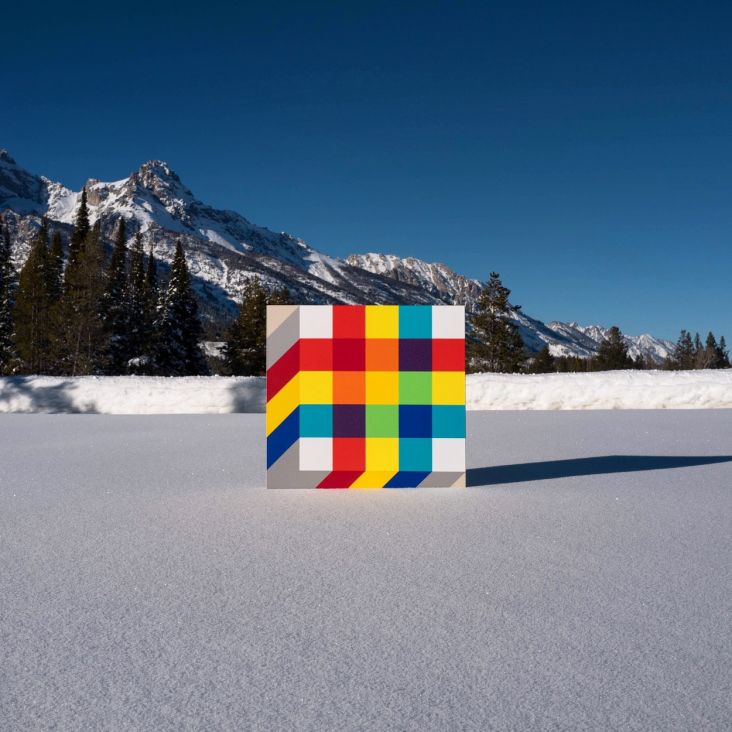Malika Favre on bright colours, drawing naughty things and how to grow as an illustrator
Malika Favre is a French illustrator living in London. Her bold, minimalist style – with the odd splash of humour and naughtiness – has become instantly recognisable thanks to her striking use of negative space and bright colour.
](https://www.creativeboom.com/upload/articles/20/202bb4ac35811567ca041d3112c768635d1d41f1_1280.jpg)
Photography by Tom Robinson
An advocate for 'Less is More', she started her career in graphic design before striking out on her own to concentre on illustration full-time. Her iconic works have graced the pages of Vogue, The New Yorker, and Vanity Fair.
But this was never part of her plan growing up in the suburbs of Paris. After leaving school Malika went to study mathematics and physics with the hope of becoming an engineer. That soon changed, as she embraced her love of drawing and set herself on a more artistic path.
Malika has just returned from a holiday exploring New Zealand. We caught up with her to talk about her life, her career and what she has in store for us next.
How did you get started? Where did you study? What was your first job?
I never thought I was going to become an illustrator. I've been drawing since I was a kid but I never believed it could be something that could lead to a career. I didn't even realise graphic design existed as a profession. Before I went to art school, I happily studied maths and physics as I was fascinated by science as a child. This phase shows in my work today – my love of geometry, grids and structure. Many of my illustrations follow a grid format, but you won't see them.
I later attended the ENSAAMA art school in Paris before heading to London 11 years ago. I originally studied graphic design and advertising and never really thought of becoming a full-time illustrator.
My first ever creative job was at Unit9 doing web and digital, funnily enough. I ended up doing more illustration than design there, creating prints for the studio deco and Christmas cards. I stayed for a full year and got offered a job at Airside, my dream studio.
When and how did you launch your own business?
The real turning point for me happened after joining Airside, a multidisciplinary design studio that had a very illustrative approach to design and animation. After five years working there as a designer I felt ready to leave the nest and set up as an independent illustrator. I gave them plenty of notice and started freelancing as much as I could, saving up some cushion money for the first months as a freelancer. It was five years ago and I haven’t looked back.
What challenges did you face in those early days and how did you overcome them?
My main worry when starting up was to be in a position where I would have to take anything that came my way but thankfully I had enough money set aside not to have to compromise in the early days.
Another challenge for me was to move my style on. When I first set up, my portfolio was full of glamorous ladies and erotic work but I knew I wanted to do much more than that and not limit myself to the beauty and fashion industry. I did a lot of personal work to counter that and quickly set up my first solo show at Kemistry Gallery with the 'Hide and Seek' series. This specific body of work was more abstract and narrative than anything I had done and gave the tone for the type of work I wanted to do as a contemporary illustrator.
The show brought me a lot of exciting commissions and really helped to establish my style.
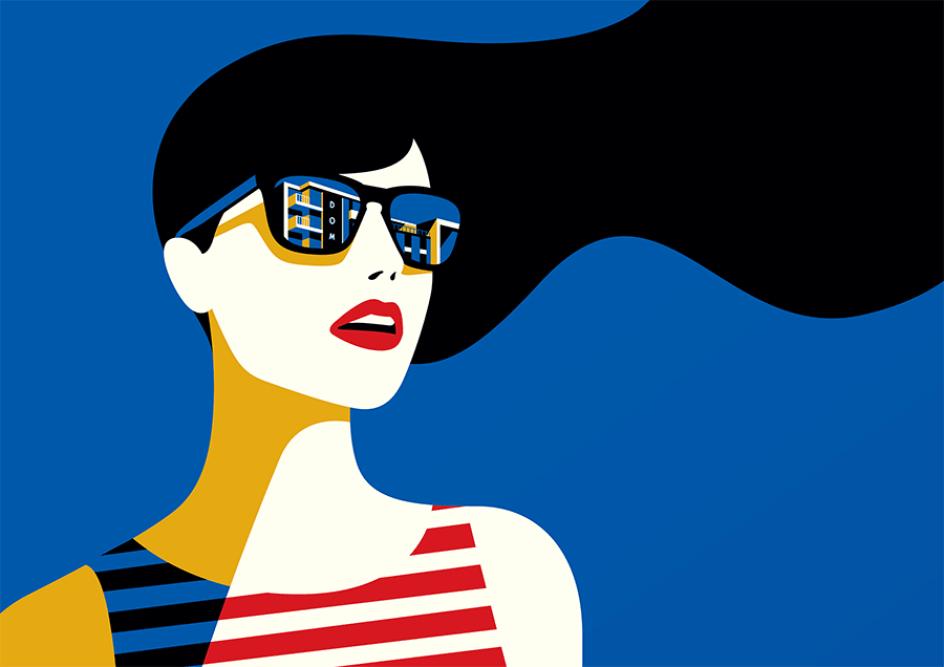
Domain Hollywood
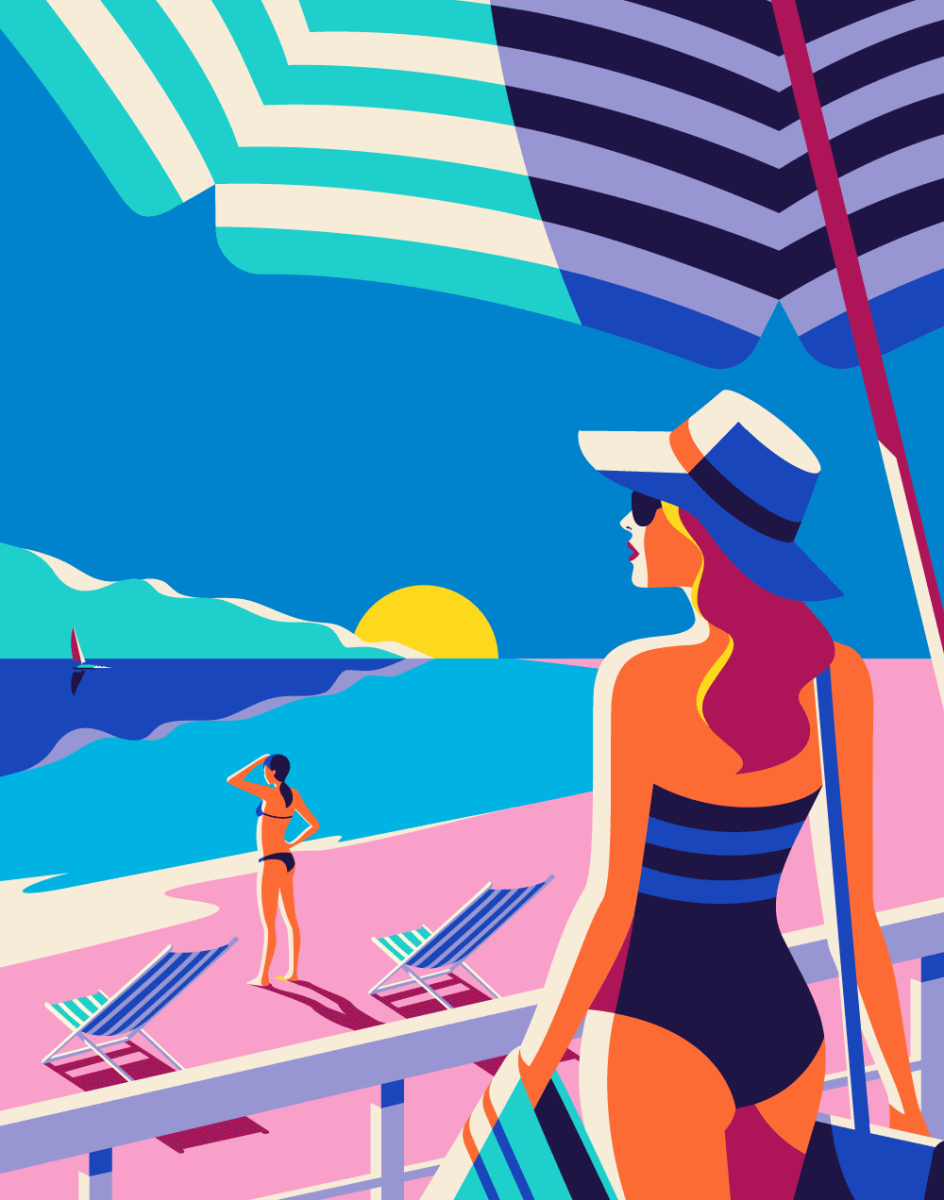
Kuoni
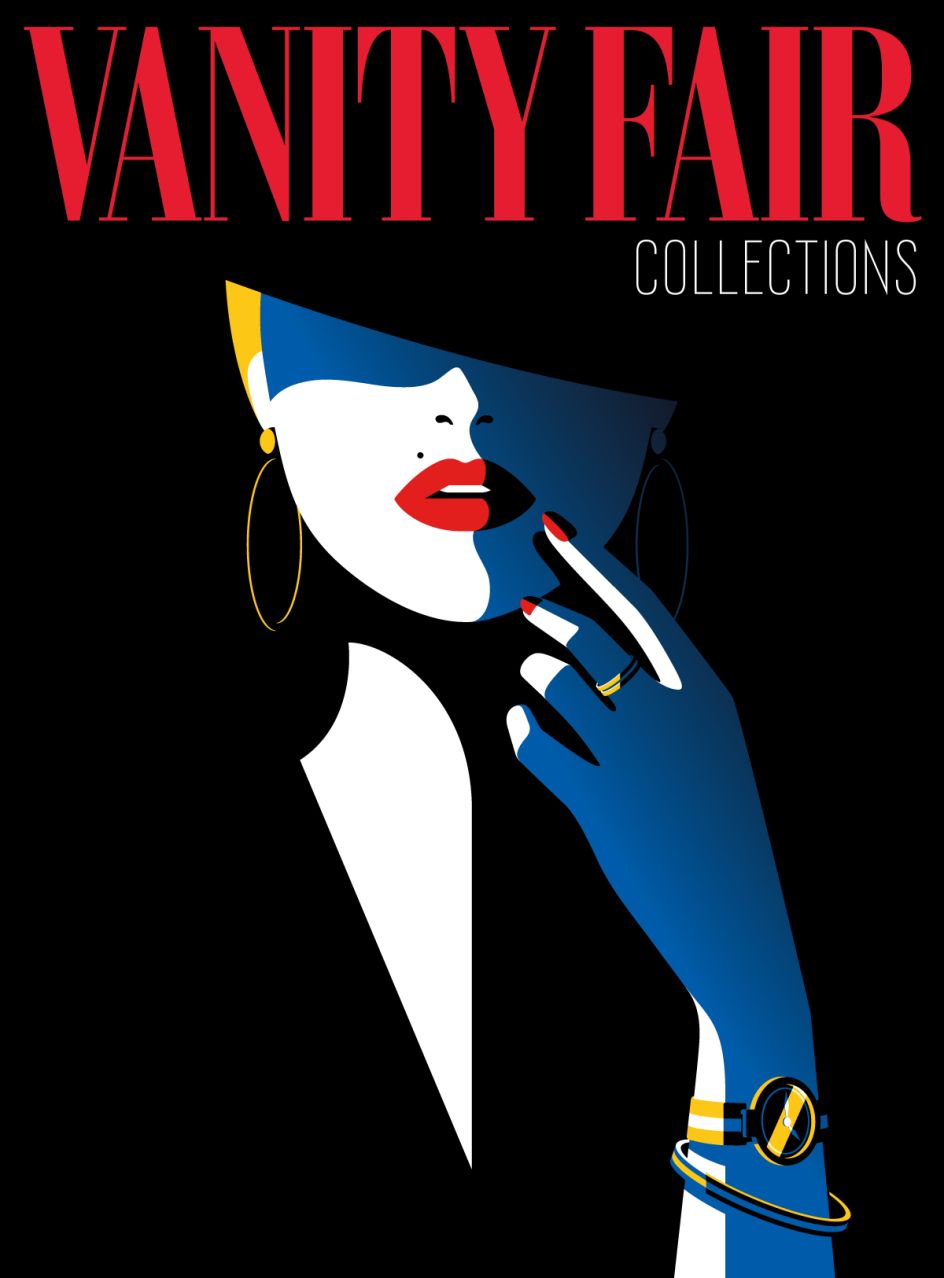
Vanity Fair
Was there a moment when you realised you'd "made it"? What were you doing at the time and how did you feel?
I can’t remember an exact moment to be honest, as it has been a very organic process but there were a few little victories along the way.
The first time my work got blogged, getting an unexpected email from the New Yorker, the first time I got ripped off by someone, seeing my work at the BAFTA ceremony or on the tube, the first award I won… each of those moments filled me with joy and I still get as excited when something like that happens today.
There will be a lot of illustrators out there struggling to get started. What pearls of wisdom can you share that helped you to become a success?
A lot of illustrators start straight out of university which, in my opinion, might be too early. Gaining knowledge of the industry, learning how to manage clients, deadlines and budgets is key to being successful. Talent is 10%, the rest is people skills, maturity, a good business sense and a controllable ego.
In terms of marketing yourself, what tools, tricks or resources have you found to be the most helpful? Tell us more!
The first thing is getting a decent website that really lets the work speak for itself and is easy to navigate and well curated. My first website was with Cargo and having a community behind it helped me to get exposure. So stuff like Behance and template platforms are a good way to start.
Getting an agent helps, of course. But in today’s world, social media is the most important resource for marketing yourself. And it’s free. Personally, I love Instagram because I am very visual but it depends on people really.
The most important thing is to show your work as much as possible to get feedback and grow as an artist.
Have you made any mistakes along the way that still make you slap your forehead now? What did you learn from that/those lesson/s?
Not really to be honest. I am not really the regretful type and when things start going pear-shaped I tend to rectify them quickly. I have taken on clients that I shouldn’t have, of course, projects that had warning signs I didn’t see before it was too late – but I think every single mistake has to be made if you want to learn something (in work and in life) and evolve so no regrets whatsoever.
The most important lesson I have learned is to really look at the people you are working with and not the brand you are working for. Ultimately they will be the ones defining the outcome and quality of what you will produce. I trust my instinct a lot more now and if I don’t feel the people are right, I don’t take the job on, no matter how cool or big the brand is.
You have a pretty decent following on Instagram. How have you built such a big audience? Any tricks or tips you can share?
I am not sure really. It happened organically over many years. I have never carefully curated what I post or been strategic about it. I am a very visual person and can post about holiday, inspirations and also other people’s work. People need a bit of colour and beauty in their life and my Instagram definitely delivers on that. Lately I was also approached by someone from Instagram and was featured on their blog so that definitely brought a lot of followers. The trick is to be genuine I think.
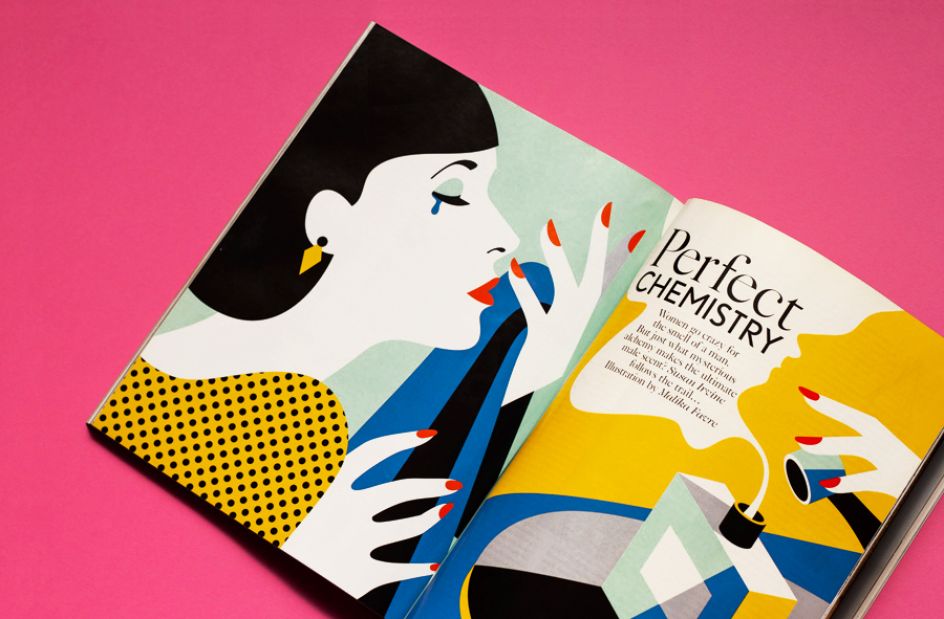
Vogue
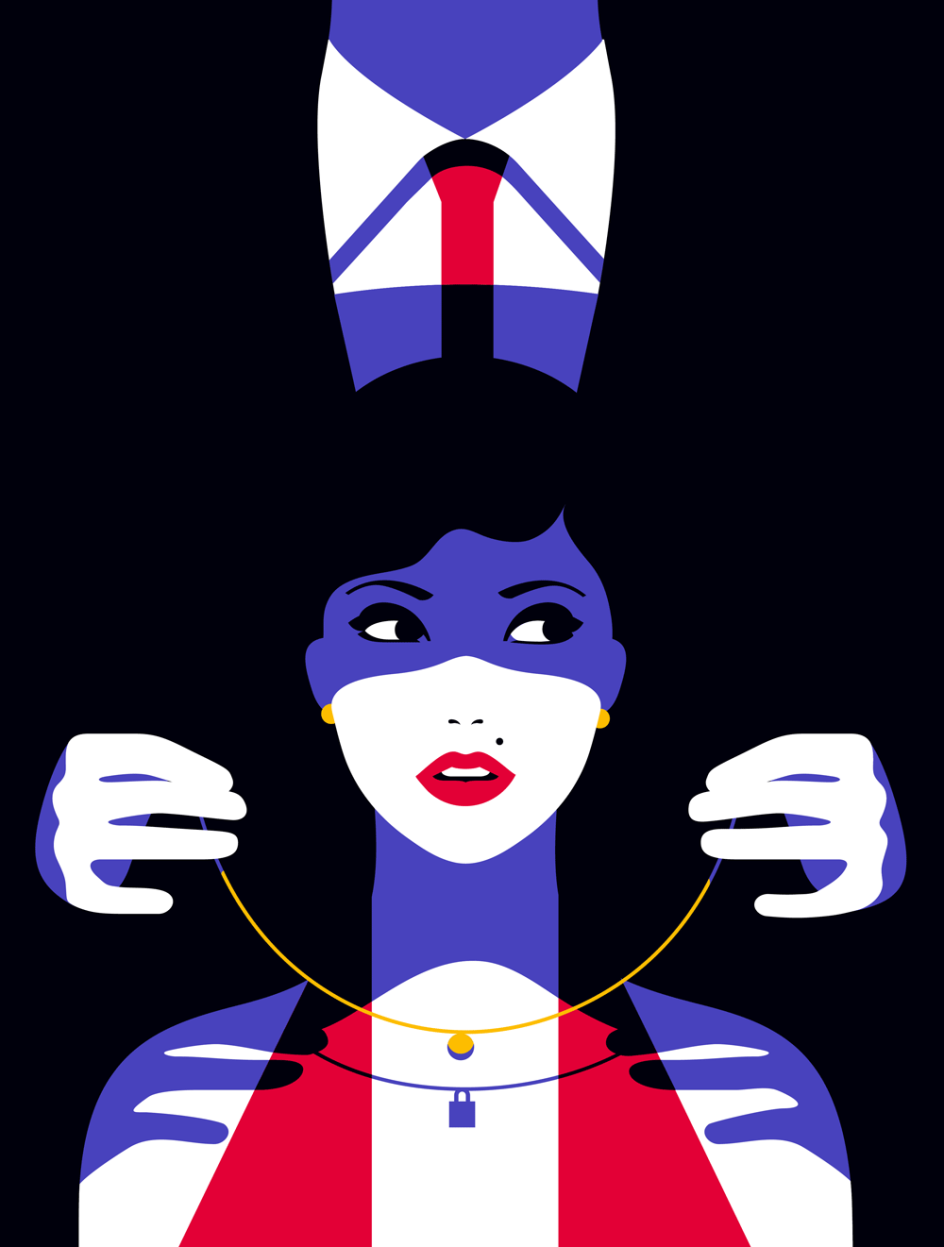
New York Times
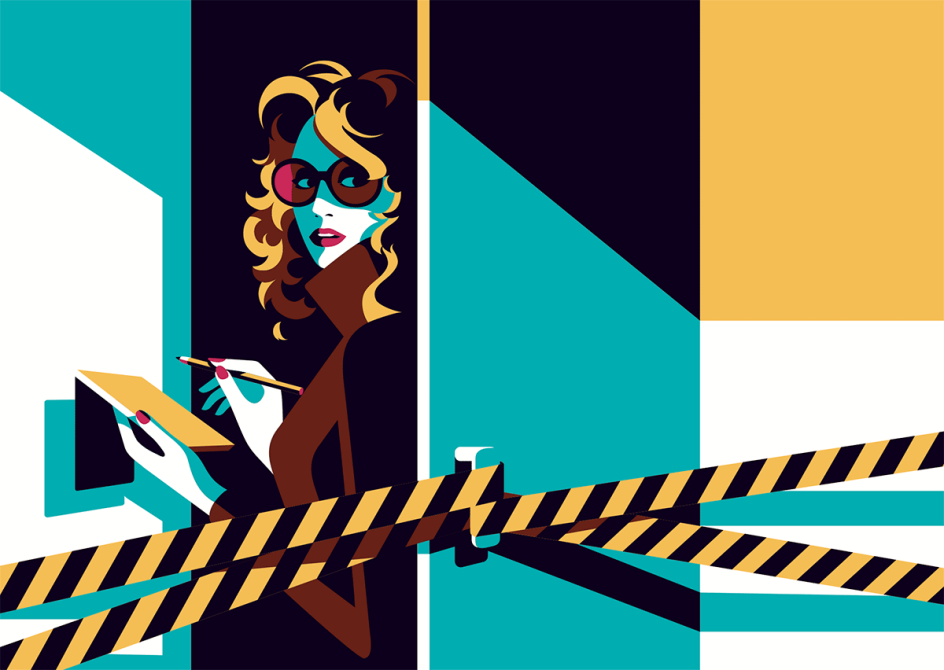
The New Yorker
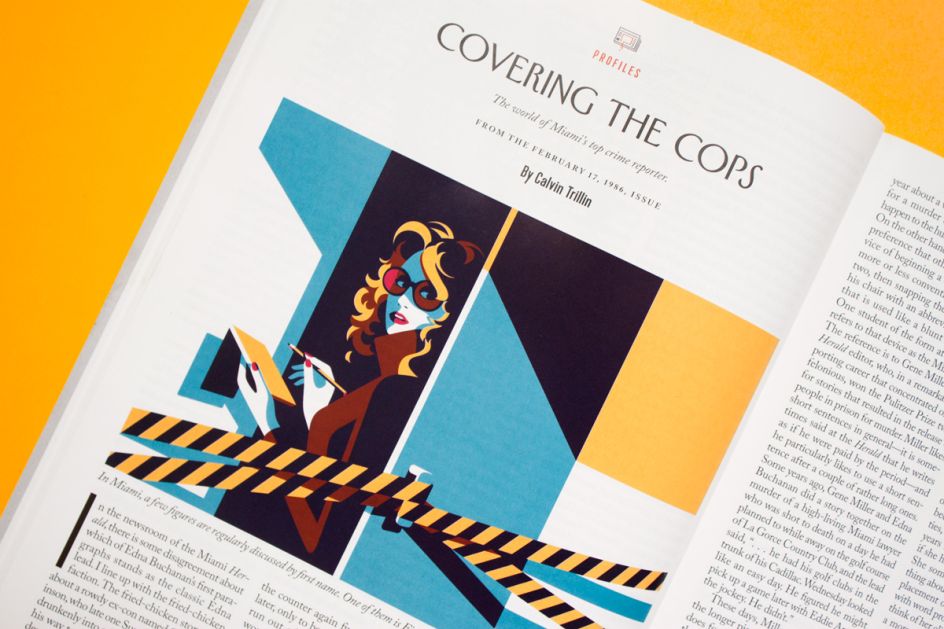
The New Yorker
What's your proudest project to date? And why?
Probably the BAFTA illustrations. I just love the whole concept behind it, the story each image tells and how simple they look in the end. This project uses everything I love: narratives, shadows, optical tricks and carefully chosen palettes.
Who has been your biggest inspiration in life? And why?
I think there are too many people to name. I don’t have a single hero in my life. I admire some friends for achieving so much, others for being so selfless, my family for being so open and supportive and many more people for many different things.
You have a very distinctive style. What inspired it?
I think my first job at Airside had a big role in what I do today. There, I learnt to simplify things and tell stories which became a key part of my work to date. I have never not drawn as far as I can remember and my love of colours, for example, comes from a very early age. So does my love for drawing naughty things... It was only in my late 20s that I finally mixed all those things and developed the style I have today.
What do you find the most challenging aspects of your work? And the industry you work in?
To constantly push yourself and explore new ideas. The illustration industry can be really tricky in that you are always hired based on something you have already done, so you can only rely on self-initiated work to explore new things. Becoming a one trick pony is very easy in this industry but people and trends will eventually move on. It's better to be ahead of the curve, and to keep being relevant and current.
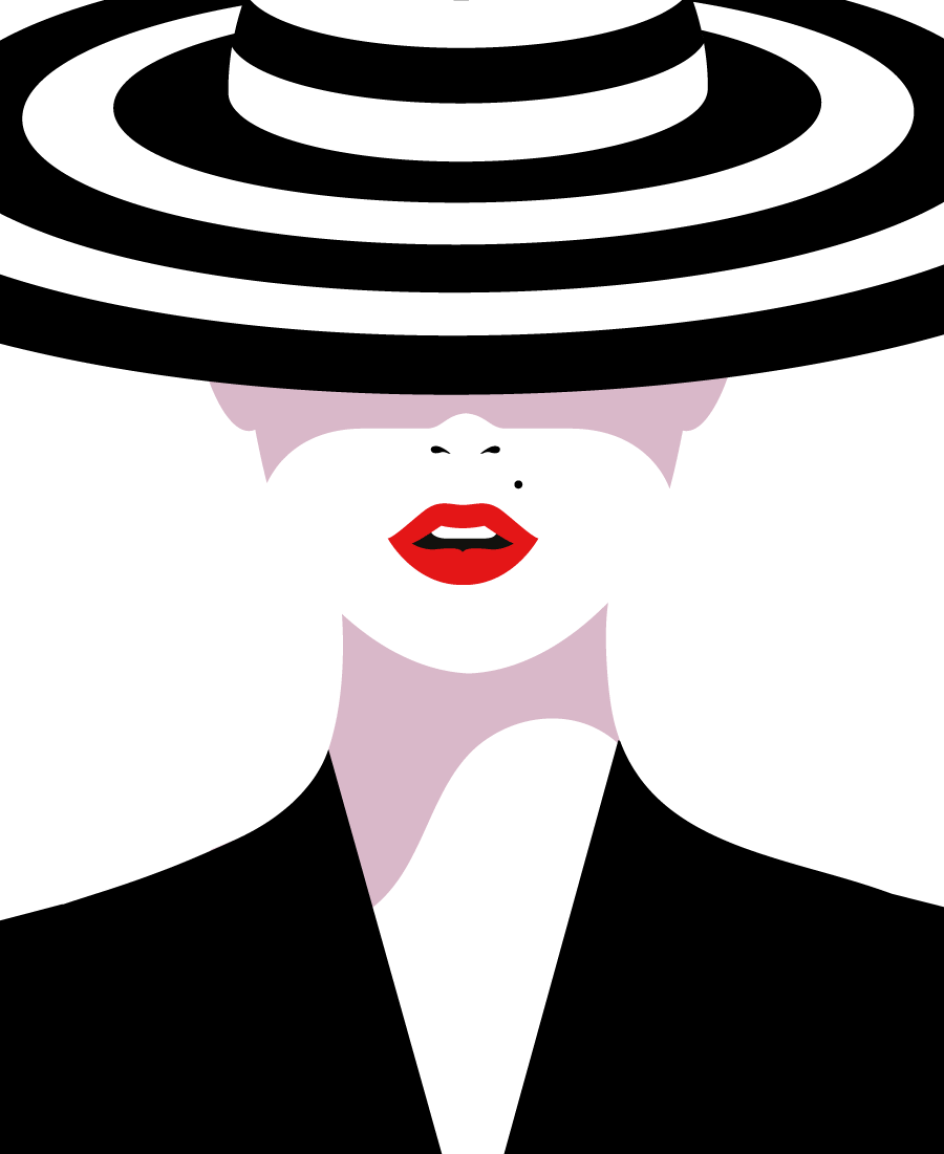
Sephora
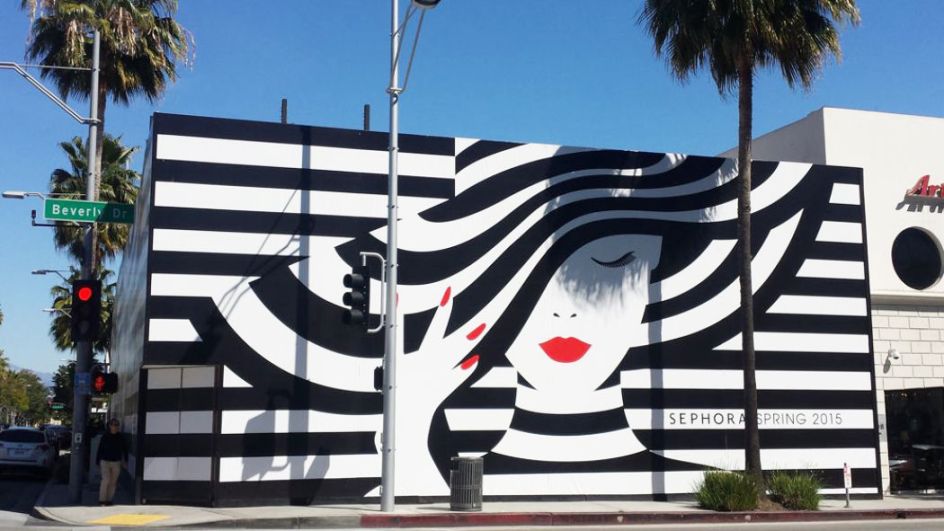
Sephora
You're French, but you live in London? What attracted you to the Smoke?
The freedom and creativity is what attracted me to London. It's a great city where a lot can be achieved in very little time if you work hard, no matter who you know, where you come from and how lousy your english is.
Describe your morning routine
I wake up around 10am (I am a late bird), make a strong coffee, drink it while checking my emails and start working in my PJs at 11ish.
What's your work setup look like? What tools can't you live without?
I work from my flat, which I love. I have two desks but always end up working from the sofa which is not a great thing. I can’t help it though… I can’t live without my tablet, a decent internet connection and my Pantone books.
Where's your favourite place in the world? Why? Tell us more... Paint a picture…
I am actually in the process of looking for my favourite place in the world, so I can live there. So far, Wellington in New Zealand is the winner. It's a small city that retains the creative energy of a bigger one, has the sea (which is a plus), loads of sun (which is a must), is surrounded by stunning landscapes and offers a great food and wine scene. The only issue is that it's 25 hours from home.
What are you currently reading? And what three books would you recommend to others?
I am not reading anything at the minute. But my favourite books are Oceano Mare by Alessandro Baricco, Mood Indigo by Boris Vian and Ashes, Ashes by Barjavel.
What do you do to relax?
Travelling. I love to discover new places and witness things that I've never seen before. It keeps me inspired and creative.
What's happening next? Do you have any interesting projects, books or exhibitions coming up?
I've just finished a six week break in New Zealand, so I'm not sure what this year will look like. I have a few exciting collaborations in the pipeline and this year will be focused on developing personal work rather than taking on big advertising commissions. I have an idea for an exhibition based on my travels but nothing is set in stone. I am not a planner, so anything is possible.




 by Tüpokompanii](https://www.creativeboom.com/upload/articles/58/58684538770fb5b428dc1882f7a732f153500153_732.jpg)


 using <a href="https://www.ohnotype.co/fonts/obviously" target="_blank">Obviously</a> by Oh No Type Co., Art Director, Brand & Creative—Spotify](https://www.creativeboom.com/upload/articles/6e/6ed31eddc26fa563f213fc76d6993dab9231ffe4_732.jpg)








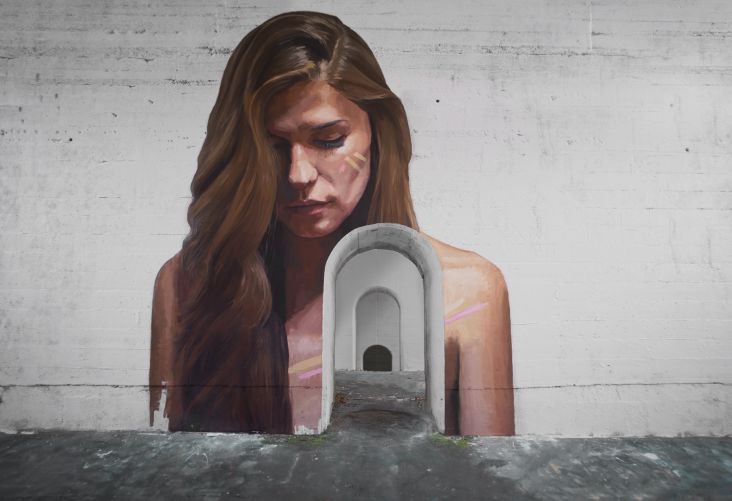
](https://www.creativeboom.com/upload/articles/62/62945b5f21a98faf7b05185fa41234782b283223_732.jpg)
